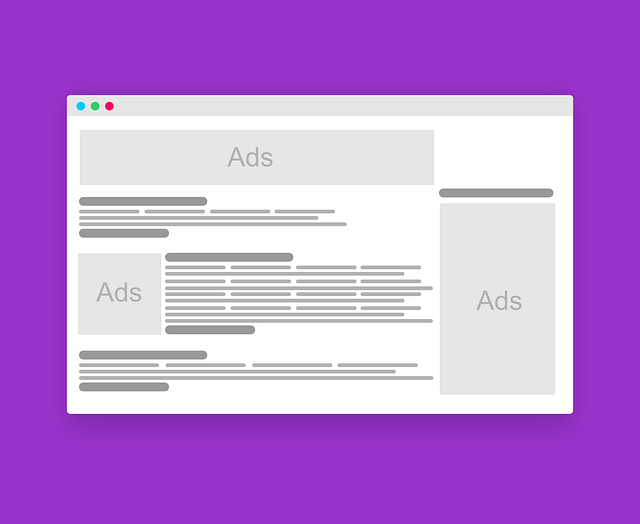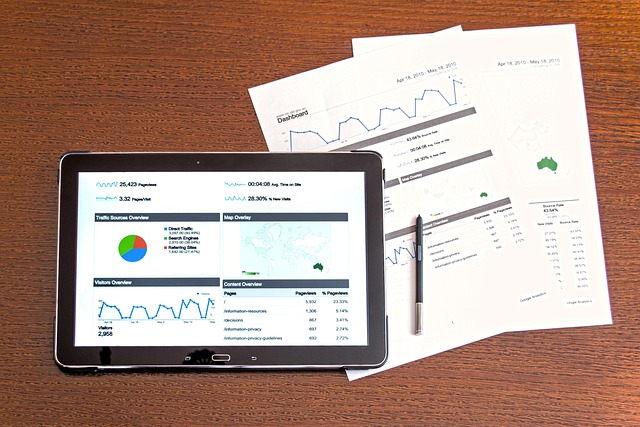AI smart building energy use optimization is revolutionizing long-term rentals with predictive pricing based on data analysis of rental rates, property traits, location trends, and seasonal fluctuations. This technology enhances traditional rental experiences for landlords and tenants by enabling dynamic pricing strategies and informed occupancy decisions. As AI advances, it will shape rental market dynamics, optimizing revenue and tenant satisfaction through data-driven approaches. The integration of AI optimizes energy use, reduces costs, and promotes sustainability in buildings, providing a strategic advantage in competitive rental markets.
In the evolving landscape of real estate, Artificial Intelligence (AI) is revolutionizing long-term rental pricing. This article explores how AI’s predictive capabilities are transforming market dynamics by analyzing energy use and occupancy patterns. We delve into strategies for optimizing smart buildings to enhance efficiency, leveraging AI to set competitive rental rates. Understanding these trends is crucial for investors and property managers aiming to stay ahead in today’s digital era, where data-driven insights drive success.
- Understanding AI's Role in Rental Market Dynamics
- Predictive Pricing: Energy Use and Occupancy Patterns
- Optimizing Building Efficiency for Long-Term Rentals
Understanding AI's Role in Rental Market Dynamics

Artificial Intelligence (AI) is transforming various industries, and the rental market is no exception. When applied to long-term rentals, AI can play a pivotal role in predictive pricing by analyzing vast amounts of data. This includes historical rental rates, property characteristics, location trends, smart building energy use optimization, and even seasonal fluctuations. By understanding these factors, AI algorithms can forecast rental prices with impressive accuracy.
The integration of AI enhances the traditional rental experience by providing landlords and tenants with valuable insights. It enables dynamic pricing strategies, ensuring fair and market-driven rates. Moreover, AI can help identify patterns that influence occupancy rates, allowing property managers to make informed decisions. As the technology advances, its role in shaping the rental market dynamics will only become more prominent, offering a data-driven approach to optimizing both revenue and tenant satisfaction.
Predictive Pricing: Energy Use and Occupancy Patterns

AI-driven predictive rental pricing leverages advanced algorithms to analyze historical data on energy use and occupancy patterns within smart buildings. By studying trends in electricity consumption, heating/cooling demands, and guest check-ins/check-outs, AI models can forecast optimal rental rates based on seasonal fluctuations, peak demand periods, and other relevant factors. This data-driven approach ensures that property managers set prices dynamically, maximizing revenue while maintaining competitive edge.
Moreover, AI smart building energy use optimization goes beyond pricing by identifying areas for improvement in energy efficiency. By understanding how different factors influence energy consumption, AI can recommend strategies to reduce operational costs, such as optimizing HVAC systems, implementing smart lighting solutions, and encouraging responsible tenant behavior. This holistic approach not only benefits the property manager but also contributes to sustainable building practices, making it a win-win scenario for both parties.
Optimizing Building Efficiency for Long-Term Rentals

In the realm of long-term rentals, optimizing building efficiency is a game-changer, especially with the integration of AI technologies like smart building energy use optimization. AI algorithms can analyze vast amounts of data—from weather patterns and occupancy rates to individual tenant behaviors—to predict and regulate energy consumption. This not only reduces operational costs but also contributes to sustainability goals by minimizing the environmental impact.
By leveraging AI smart building energy use optimization, landlords and property managers can create more comfortable living spaces while ensuring resource efficiency. Advanced HVAC systems, automated lighting, and intelligent thermostats are just a few examples of how AI can transform rental properties into modern, eco-friendly homes. These technologies adapt to resident needs, optimizing energy usage and providing long-term benefits for both tenants and owners alike.
AI is transforming the long-term rental market by leveraging smart building technology, energy use optimization, and predictive pricing models. By analyzing occupancy patterns and energy consumption data, these innovative systems can anticipate demand fluctuations, ensuring fair and dynamic rental pricing. This approach not only benefits property owners but also tenants by maintaining a balanced market. As AI continues to evolve, its role in optimizing building efficiency and enhancing rental experiences will become increasingly integral, paving the way for a more sustainable and tech-driven future in real estate.
